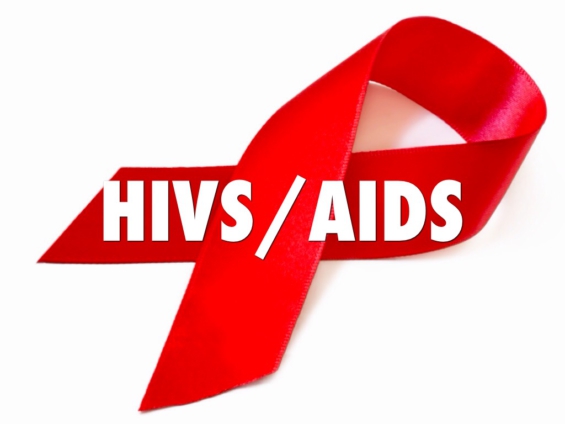The Ashanti Regional Technical Coordinator of the Ghana AIDS commission, Olivia Graham, has disclosed that over fifteen thousand (15,000) persons living with HIV in the region are not on Anti-Retroviral Treatment (ART).
She has described the numbers as worrying. Ghana diagnosed its first HIV/AIDS case in March 1986, and has since experienced a generalised HIV epidemic with a current prevalence of 1.7.
Care for persons living with HIV then was on managing opportunistic infections and providing psychological care. The narrative changed in 2003 with the introduction of the Anti-retroviral Treatment.
Percy Kuranchie, has been living with HIV since 1990.

Percy narrates he got infected aged 17 when he was biten by an HIV positive person during an altercation. For him, knowing his status those years meant preparing for his death because there was no potent medication.
“When I was told of my positive status in 1990, I automatically knew I was going to die any moment because there no potent drug, if you go to the hospital, the drugs they gave us virtually did nothing to suppress our viral load,” he noted.
But in 2006, he got enrolled on the ARV and that has been a turning point for him and his colleagues.
He rates the potency of the ARV at 99 per cent. “I will rate it 99 per cent because I can go about my normal activities and through the use of the ARVs, all my four children are negative.”
Again Percy noted persons living with HIV are not walking ghosts anymore as they look healthy and strong.
Current figures of HIV patients in the Ashanti region stand at 72,429 with a prevalence rate of 1.9 according to records at the Ghana AIDS Commission.
Out of the figure, 56,546 are on the Anti Retroviral Treatment, leaving a shortfall of 15,883 yet to be on the treatment.
Those not on medication are reportedly denying their status while others are using unorthodox means for treatment.
The Ashanti Regional Technical Coordinator of the Ghana AIDS Commission, Olivia Graham, describes the high numbers of persons with HIV not on treatment as worrying.

“It is a worry that we have such numbers not on treatment, because we use the treatment as prevention,” she said.
According to Madam Graham, “once you are positive and you are on treatment, the viral load is suppressed and it is difficult to infect another person and they themselves it is not good for them as their health will deteriorate.”
The Ministry of Health and its partners is celebrating 20 years of the ART introduction. In the view of Olivia Graham, the ART has chalked remarkable success and worth celebrating.
She pointed out that “when a woman is pregnant and attends ante natal clinic, she is tested and if she turns out positive, we put her on the treatment and so she cannot infect her unborn child, but unfortunately some of these pregnant women are missed and have infected their babies.”
That notwithstanding, the Ashanti Regional Technical Coordinator of the Ghana AIDS Commission explained that “when a baby is infected we put them on ARVs for kids and they grow up so well. I know some of these children who have completed tertiary education, working now and doing so well all because of the ARVs.”
Going forward, persons living with HIV want local production of the drugs here in Ghana to avert shortages which are experienced occasionally.
National President of NAP+Ghana Elsie Ayeh wants more commitment from the government in supporting donor agencies to procure the drugs and clear them early from the harbour.

In her view, “our government’s commitment to the co-financing agreement that they signed is below expectations, they have not lived up to expectation.
She indicated that there are donor partners who finance the purchasing of the drugs but when the drugs reach the harbour, taxes to be paid by the government often times delay, which accounts for the shortages experienced in acquiring the drugs by persons living with HIV.
Ghana has chalked success with the ART usage, however a major setback in the fight against HIV is stigmatisation and discrimination, as we celebrate ART success, conscious and sustained efforts need to be made to curb stigmatisation of persons living with HIV.
Cervical Cancer and HIV: Calls intensify for a national program to prevent incidence of the disease
Beatrice Spio-Garbrah AKOMA FM












